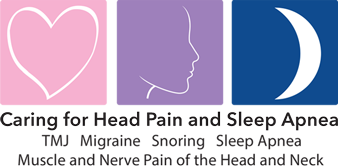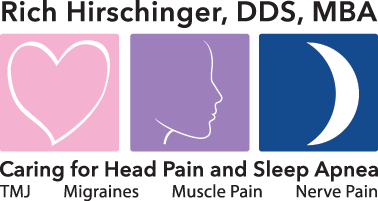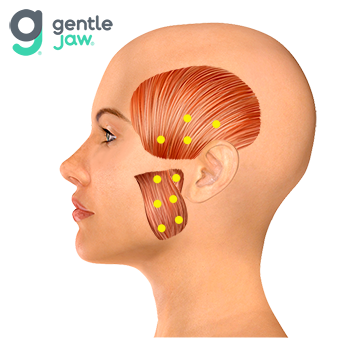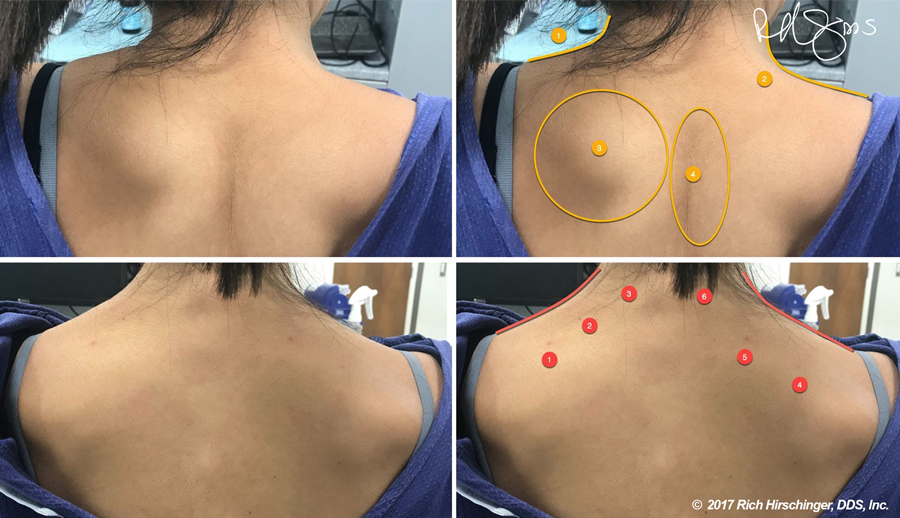

Diplomate American Board of Orofacial Pain
9615 Brighton Way, Suite 323
Beverly Hills, CA 90210
888.981.8981
Trigger Point Injections and Botox

Many people have heard of a procedure called "dry needling" but are not familiar with trigger point injections, which are used to treat what most people believe is "TMJ," when the pain is actually caused by muscles. Trigger point injections and dry needling are the same procedure with one major difference. Trigger point injections involve the use of 1 cc 1% plain lidocaine into each area injected to numb the area being treated, which makes the procedure more comfortable whereas nothing is injected with dry needling. The use of lidocaine provides immediate feedback that the diagnosis is truly muscular in origin. If the trigger point injection reduces or eliminates the pain, then the source of the pain is the local muscle that was injected. However, it is not the lidocaine that provides long-term relief. It is the needling that is done. Needling involves poking the local muscle with a very thin needle for 30 to 60 seconds, which intentionally induces inflammation into the area, which the body will repair in 24-48 hours. This is not a painful procedure as it is more of a sensation but it is common to be sore for a day or two after the procedure.
The protocol I follow in my Beverly Hills office is to try trigger point injections first and see what type of relief is provided. The relief can range from "one and done," meaning the pain does not return to the procedure providing a benefit but only for about a week. If there is a benefit but it is only one week, then I repeat the procedure again. The second round can set the pain free, last a few months or again last as short as a week. If the pain is relieved but only for about a week, I will use Botox at the third appointment. The benefit from the Botox also varies from setting the pain free to last two to three months. Some patients get a longer relief with the second round of Botox and some need Botox every three months. If I do use Botox, I usually inject 5 units into each location shown by the yellow dots. These are three of the main jaw closing muscles. Since there are 10 dots, and each dot represents 5 units of Botox, 50 units of Botox is needed on both sides, which means 100 units of Botox is typically used to treat myofascial pain. The four lowest dots represent the superficial masseter muscle, the two upper dots on the lower muscle group represent the deep masseter muscle, and the four dots in the temple represents the temporalis muscle.
Here is a page that shows a trigger point injection into the superficial masseter muscle.
Here is a page that shows a trigger point injection into the temporalis muscle.
Here is a page with more information about my use of Botox in my Beverly Hills office for the treatment of muscle pain and TMJ.
It is difficult to "see" the benefit of trigger point injections with facial muscles but the benefit from the treatment I provided below to one of my residents is clearly visible. She presented with a very stiff neck and she could not move her head very much from side to side. The trapezius (shoulder) and splenius

Here is a video taken of a trigger point injection into the trapezius muscle. You can't miss the "twitch response."
Dr. Hirschinger is the inventor of the gentle jaw®, a passive stretching device for treatment of acute and chronic TMJ and muscle pain. gentle jaw is "yoga for the jaw®."






